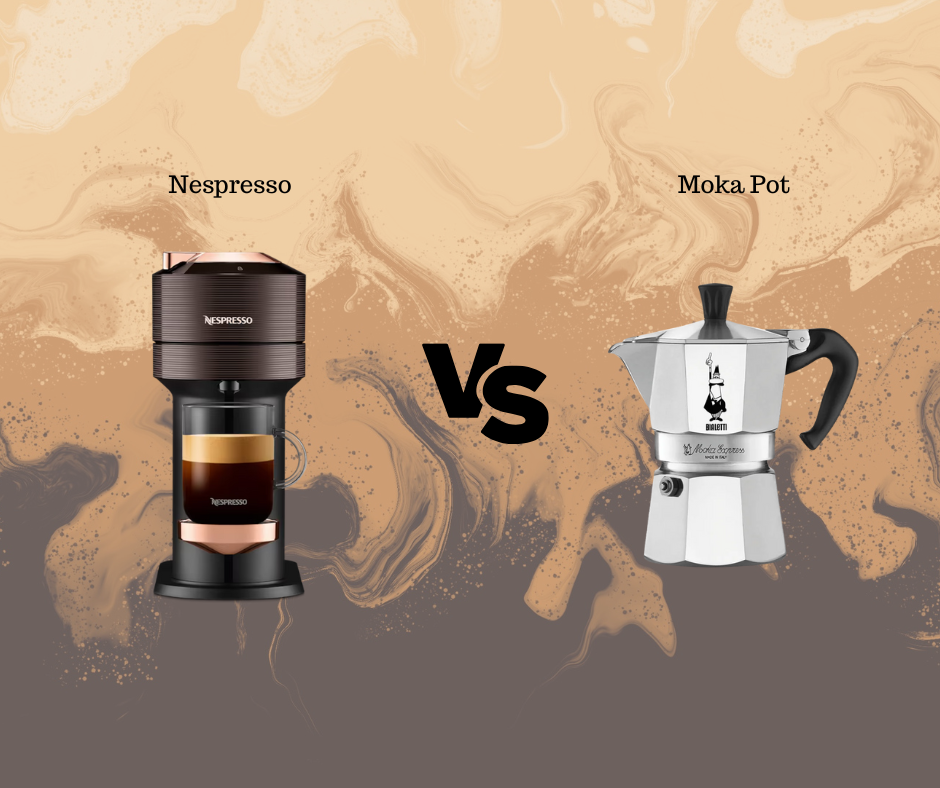Guatemala may not get the same attention as Ethiopia or Colombia in specialty espresso circles, but it absolutely deserves a seat at the table.
Known for its rich body, chocolatey undertones, and layered acidity, Guatemalan coffee in espresso strikes a unique balance in the espresso world: it’s both complex and accessible. Whether you’re a home barista or crafting blends for a café, Guatemalan beans offer structure, sweetness, and versatility in every shot.

In this deep dive, we’ll explore how different Guatemalan regions perform in espresso, what flavor notes to expect, and how to get the best out of these volcanic-grown beans.
Why Guatemala Produces Great Espresso Beans
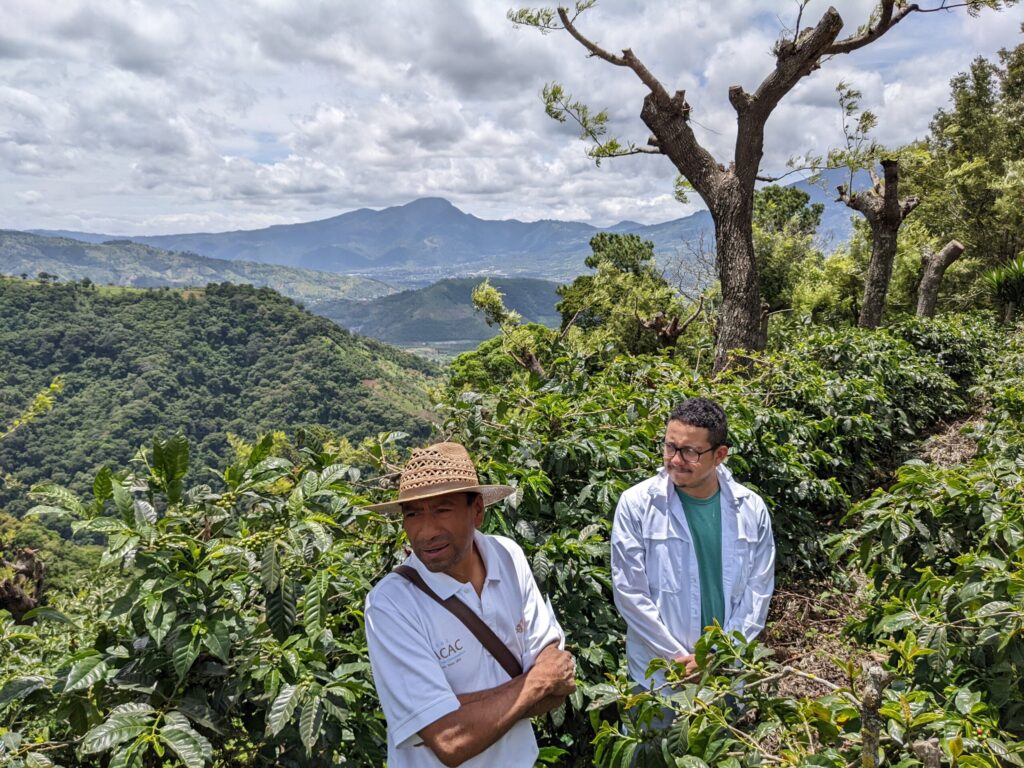
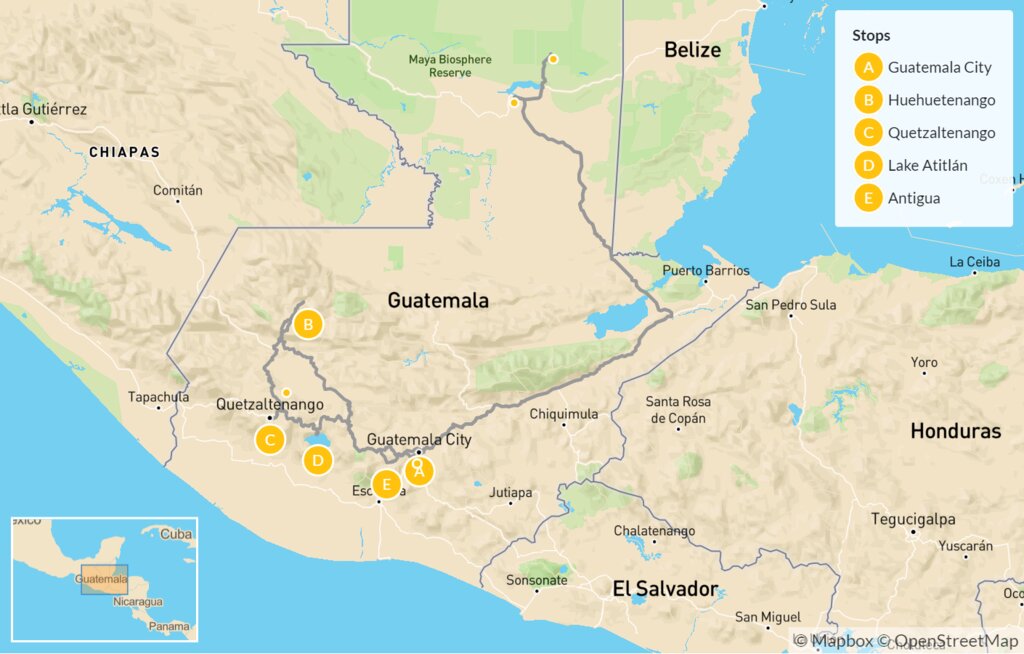
Guatemala’s geography is ideal for coffee:
- High altitudes (1,300–2,100m)
- Volcanic soils rich in minerals
- Frequent rainfall balanced by sunny days
- Diverse microclimates across regions
These factors result in dense, structured beans that hold up beautifully under espresso pressure.
Flavor Profile of Guatemalan Beans in Espresso
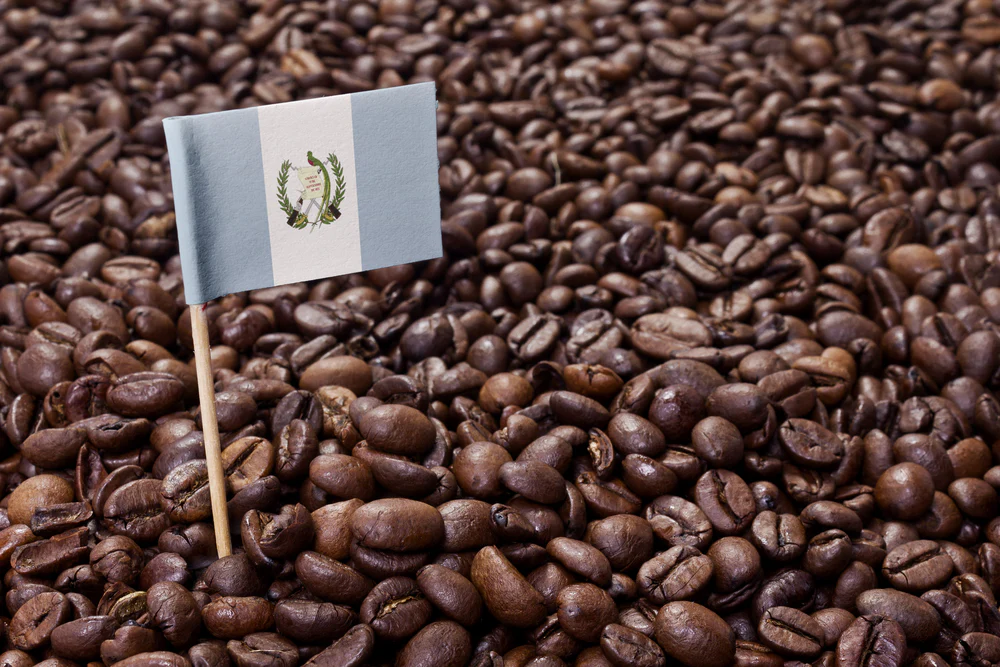
Guatemalan coffee is known for:
- Balanced acidity: often citrus or malic (green apple, orange)
- Structured sweetness: brown sugar, panela, caramel
- Deep body: creamy, full, sometimes syrupy
- Chocolatey base: dark chocolate, cocoa nibs
- Subtle spice: cinnamon, clove, cardamom in certain regions
This balance makes it perfect for espresso—either solo or in blends.
Key Regions for Guatemalan Espresso
Guatemala is home to eight distinct coffee-growing regions, each with its own elevation, soil type, and microclimate. Translation? Variety for days.
Some heavy-hitter regions include:
- Antigua – Volcanic soil, high altitude, sweet cocoa + floral vibes
- Huehuetenango – Bright acidity, fruity complexity, grown high in the Cuchumatanes mountains
- Cobán – More rainfall, softer body, herbal and spice notes
This diversity makes Guatemalan coffee in espresso incredibly versatile.
Antigua
- Altitude: ~1,500m
- Flavor: Milk chocolate, orange zest, nutmeg
- Espresso Notes: Sweet, round, great crema
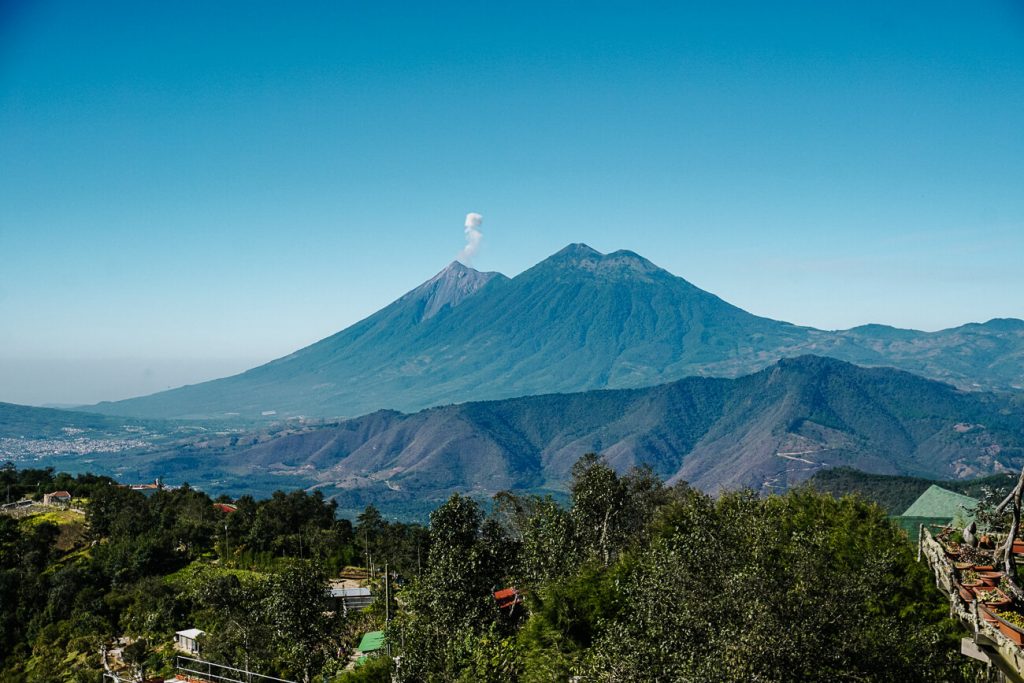
Huehuetenango
- Altitude: ~2,000m
- Flavor: Red apple, cocoa, bright citrus
- Espresso Notes: High complexity, light florals
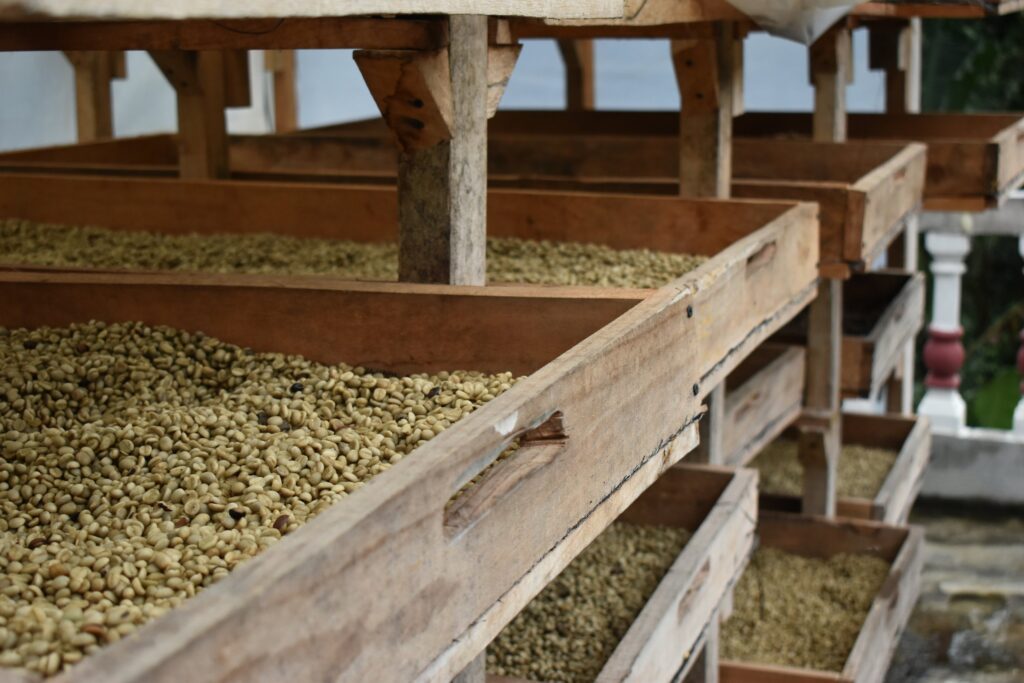
Atitlán
- Altitude: 1,400–1,800m
- Flavor: Spice, dark fruit, full body
- Espresso Notes: Bold and structured, great with milk
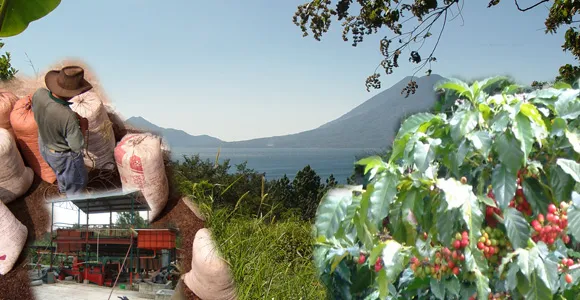
Cobán
- Altitude: 1,300–1,600m
- Flavor: Herbal, creamy, sweet pepper
- Espresso Notes: More savory, unique as a single origin

Roast Considerations for Guatemalan Espresso
Guatemalan beans perform best at a medium to medium-dark roast, which preserves their layered complexity while boosting body.
- Too light: Acidic and flat in espresso
- Too dark: Mutes origin character
- Ideal: Balanced development, sugar caramelization, soft acidity
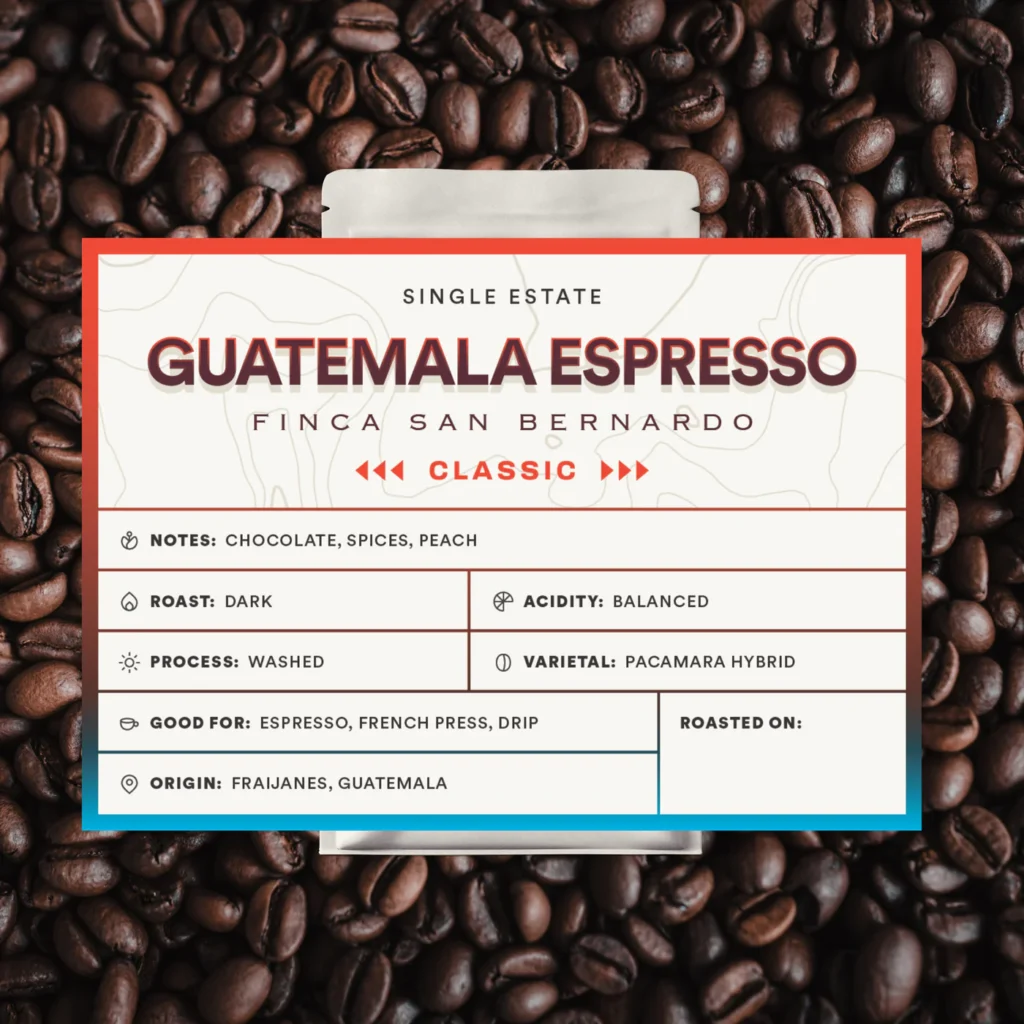
Dialing In Guatemalan Beans for Espresso
Base Recipe
• Dose: 18.5g
• Yield: 37g
• Time: 27–30 seconds
• Temp: 198–200°F
• Grind: Medium-fine

Tips for Extraction
• Use pre-infusion to soften citrus acidity
• Longer ratios (1:2.2) highlight sweetness
• Excellent for milk drinks—round and creamy
Guatemalan Coffee in Espresso Blends
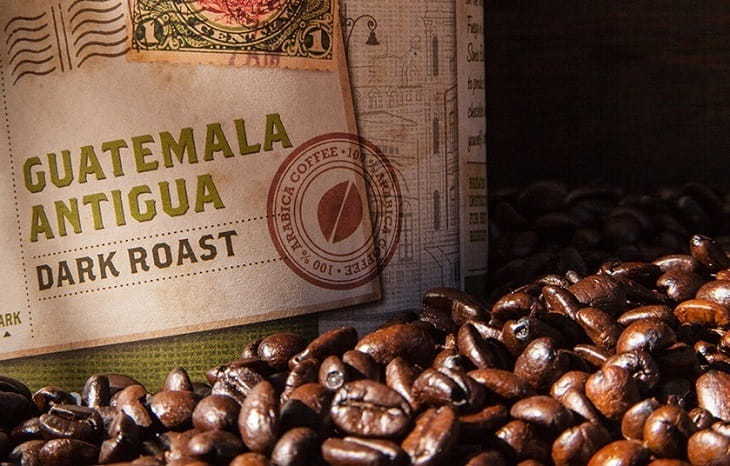
Guatemala is often used to:
- Add structure and body to light blends
- Provide sweetness and acidity balance
- Support or replace Ethiopia or Colombia in seasonal rotations
Blends with Brazil + Guatemala are extremely popular for approachable flavor and heavy crema.
Single-Origin Guatemalan Espresso: When It Shines

Great for:
- Cafés offering rotating origins
- Seasonal menu specials
- Drinkers seeking approachable acidity + chocolate
- Lattes and cortados—pairs well with milk
A bonus of choosing Guatemalan coffee in espresso? Many farms in Guatemala are smallholder-owned, and a lot of producers are part of cooperatives focused on fair trade, organic practices, and direct trade relationships.
That means your morning espresso isn’t just delicious, it’s supporting farmers who are doing things the right way. Better for them. Better for you. Better for the planet.
Final Thoughts: Guatemala’s Espresso Potential Is Vast
Guatemalan coffee gives espresso lovers the best of both worlds—rich, structured body and layered, sweet complexity. With so many microclimates and regional variations, it’s a versatile bean that can fit into nearly any espresso profile.
Whether you’re building a cozy café blend or pulling a refined single-origin shot, Guatemalan beans deliver reliability, character, and balance in every pull.
Written by Jose Luis Surjan
Espresso & Latin Food Expert

